Porsche 911 Turbo 'S' Flachbau Red/Black **37,300 Miles**
1988 Porsche 930 911 Turbo Slantnose - Original Condition! for sale in San Diego, California, United States
| Item location: | San Diego, California, United States |
| Make: | Porsche |
| Model: | 930 |
| SubModel: | 911 Turbo |
| Type: | Coupe |
| Trim: | 911 Turbo Slantnose - Original Condition! |
| Year: | 1988 |
| Mileage: | 37,295 |
| VIN: | WP0JB0938JS050193 |
| Color: | Guards Red |
| Engine size: | 3.3L Turbo H6 |
| Number of cylinders: | 6 |
| Power options: | Heated Seats, Air Conditioning, Power Locks, Power Windows, Power Seats |
| Fuel: | Gasoline |
| Transmission: | Manual |
| Drive type: | RWD |
| Interior color: | Black w/ Burg. Piping |
| Drive side: | Left-hand drive |
| Safety options: | Common Sense |
| Options: | M505 Flatnose, 40% LSD, Cassette Player, CD Player, Leather Seats, Sunroof |
| Vehicle Title: | Clear |
| Want to buy? | Contact seller! |
Description for Porsche 930 1988
Make Porsche Model 930 Turbo Carrera Type Factory "Flachbau" (Slant-Nose) VIN No WP0JB0938JS050193 Engine No 6BJ00256 Exterior Color Code 027 "Guards Red" Interior Color Code 43S "Black Full Leather with Red Pin-Stripping Mileage 37,230 Original MilesOptions: M018 Sports Steering Wheel with Elevated Hub M139 Driver's Side Heated Seat M158 Special Blaupunkt Multi-Channel Stereo Cassete Radio M220 Special "Self-Locking" Differential (40% Limited-Slip" M340 Passenger Side Heated Seat M505 Special Coachwork, North American Market "Slant-Nose" Front End M533 Anti-Theft / Visual Deterrent Alarm System M650 Electronically Activated SunroofPorsche 930 Turbo Carrera RS Background: Porsche began experimenting...with turbocharging technology on their race cars during the late 1960s, and in 1972 began development on a turbocharged version of the 911. Porsche originally needed to produce the car in order to comply with homologation regulations and had intended on marketing it as a street legal race vehicle like the 1973 Carrera 2.7 RS. The FIA's Appendix "J" rules that brought about the 911 Turbo Carrera RSR 2.1 in 1974 changed in 1975 and 1976. The FIA announced that cars for Group 4 and Group 5 had to look like production cars and would be for "Normal Sale" with a means the distribution of cars to individual purchasers through normal channels of the manufacture. For the 1976 season, new FIA regulations required manufactures to produce 400 cars in twenty-four months to gain approval for Group 4. Group 5 would require the car to be derived from a homologated model in Group 3 or 4. To win the Group 5 Championship, Porsche would first have to have a car that could compete in Group 4 which led to the 934. For Group 5, Porsche would create one of the most successful racing cars of all time, the 935. While the original purpose of the Porsche Turbo was to gain homologation for the 1976 racing season, the marketing department soon awoke to the potential of this ultra high-performing machine when the original target of 400 cars was passed by the end of 1975. Since Porsche wanted to be racing for the 1976 season, they gained FIA homologation for the Porsche Turbo for Group 4 in Nr. 645 on 6 Dec '75 after they certified that 400 identical production cars had been completed. The 1,000th 1976 Turbo was completed on 5 May '76 and this production number allowed Porsche reclassify the Turbo for Group 3, series-production grand touring car in FIA Homologation Nr. 3076, 1 Jan '77. Additional variants to Group 4 (and Group 5) were promulgated in Nr. 3076 and included the 1977 model year (chassis nr. 858-284-3812, 1 Jan '77) and the 3.3 liter Turbo (chassis nr. 858-284-3812, 1 Jan '78). FIA Nr. 3076 remained in effect until replaced by FIA B-208 in 1 Mar 1982 for Group A/B when the homologation designation was changed from "Porsche Turbo" to "911 Turboâ€.Ferdinand "Ferry" Porsche, who was running the company at the time, handed development of the vehicle over to Ernst Fuhrmann, who adapted the turbo-technology originally developed for the 917/30 CAN-AM car to the 3.0 litre flat-six from the Carrera RS 3.0, creating what Porsche internally dubbed project 930. Total output from the engine was 260bhp, much more than the standard Carrera. In order to ensure that the platform could make the most of the higher power output, a revised suspension, larger brakes and stronger gearbox became part of the package, although some consumers were unhappy with Porsche's use of a 4-speed whilst a 5-speed manual was available in the "lesser" Carrera. A "whale tail" rear spoiler was installed to help vent more air to the engine and help create more downforce at the rear of the vehicle, and wider rear wheels with upgraded tires combined with flared wheelarches were added to increase the 911's width and grip, making it more stable.Early Development and Production: Porsche badged their new vehicle simply as "Turbo" (although early U.S. units were badged as "Turbo Carreraâ€) and debuted it at the Paris Auto Show in October 1974 before putting it on sale in the spring of 1975; export to the United States began shortly thereafter in 1976. The 930 proved very fast but also very demanding. It was initially rone by its short wheelbase and rear engine layout to oversteer and significant turbo-lag. Porsche made its first and most significant upgrades to the 930 for 1978, enlarging the engine to 3.3 liters and adding an air-to-air intercooler. By cooling the pressurized air charge, the intercooler helped increase power output to 300bhp and the rear 'whale tail' spoiler was re-profiled and raised slightly to make room for the intercooler. Porsche also upgraded the brakes to units similar to those used on their all conquering 917.Changing emissions regulations in Japan and the U.S. forced Porsche to withdraw the 930 from both of those markets in 1980. It remained, however, available in Canada. Believing the luxurious 928 gran turismo would eventually replace the 911 as the top of the Porsche line, Fuhrmann cut-back spending on the model, and it was not until Fuhrmann's resignation that the company finally committed the financing to re-regulate the car for the very popular US, Canadian and Japanese markets. Prior to this, the 930 remained available in Europe, and for 1983 a 330bhp performance option became available on a build-to-order basis from Porsche. With the add-on came a 4-pipe exhaust system and an additional oil-cooler requiring a re-modelled front spoiler and units bearing the add-on often featured additional ventilation holes in the rear fenders and modified rockers.Legendary "Flachbau" ("Slant-Noseâ€) Option Package: Porsche offered a "Flachbau" ("Slant-Noseâ€) 930 under their "Sonderwunschprogramm" (special wish program) beginning in 1981, an otherwise normal 930 with a 935-style slantnose instead of the normal 911 front end. Each Flachbau unit was handcrafted by remodeling the front fenders. So few were built that the slantnose units often commanded a high premium price, adding to the fact that they required a initial premium of up to 60 per cent (highly individualized cars even more) over the standard price. (Today, most sources claim the Factory built 948 of these special "Flachbau" units.) Those examples so completed usually delivered in Europe most often also featured the 330bhp performance kit.By the 1985 model year, 928 sales had risen slightly, but questions remained whether it would supersede the 911 as the company's premier model. Porsche re-introduced the 930 to the Japanese and U.S. markets in 1986 with an emission-controlled engine producing 282bhp. At the same time Porsche introduced Targa and Cabriolet variants, both of which proved popular in a variety of markets, especially in the States. Porsche discontinued the 930 after model year 1989 when its underlying "G-Series" platform was being replaced by the 964. '89 models were the first and last versions of the 930 to feature the G50 transmission, a 5-speed manual transmission. A turbo version of the 964 officially succeeded the 930 in 1991 but it was essentially a modified version of the same 3.3 litre flat-6 engine and a 5-speed transmission.VIN WP0JB0938JS050193: This particular 930 Turbo was special ordered in July of 1987 and completed in September of 1987. It was the 182nd North American Market example completed for "Model Year 1988" and it was one of only 278 "Flachbau" Slant-Nose examples completed. The original order and subsequent completion of the vehicle saw it being fitted with a long list of the most desirable options then available for Porsche's "Flagship" vehicle. These include the following:-M018 Sports Steering Wheel with Elevated Hub -M139 Driver's Side Heated Seat -M158 Special Blaupunkt Multi-Channel Stereo Cassete Radio -M220 Special "Self-Locking" Differential (40% Limited-Slip) -M340 Passenger Side Heated Seat -M505 Special Coachwork, North American Market "Slant-Nose" Front End -M5

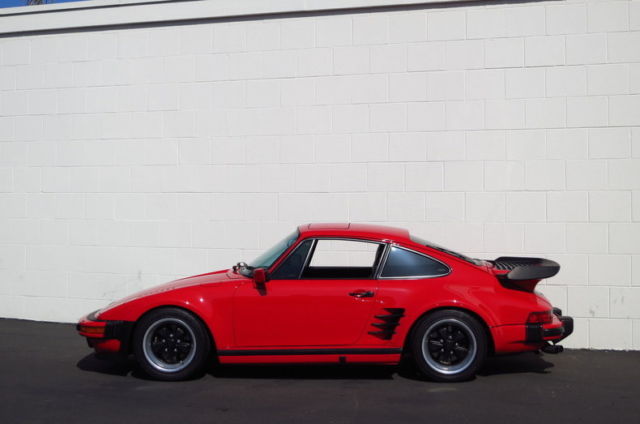

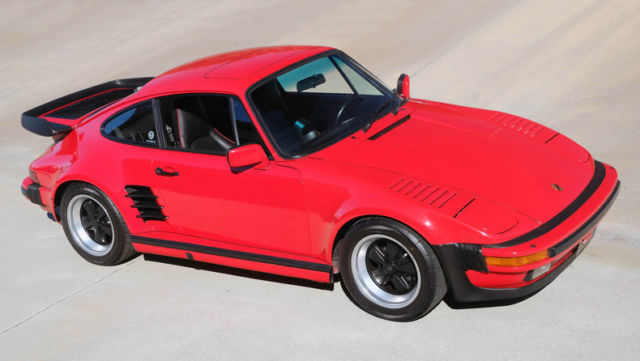
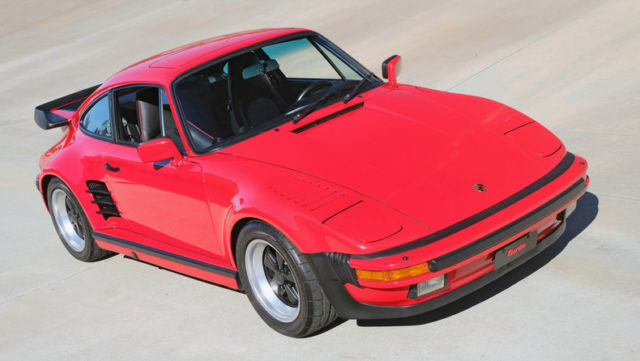

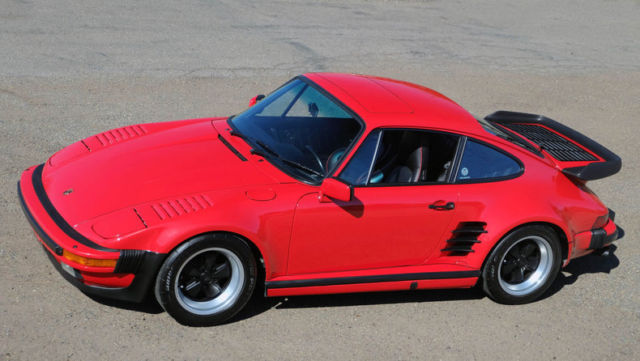
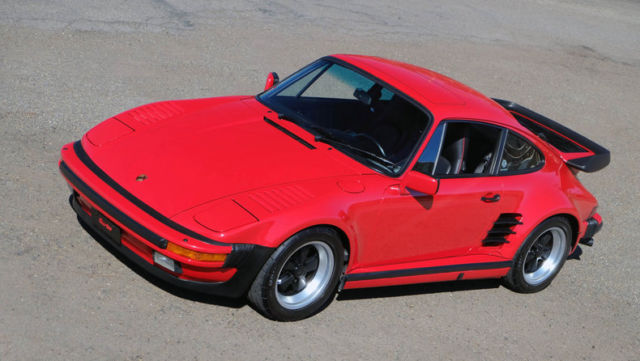
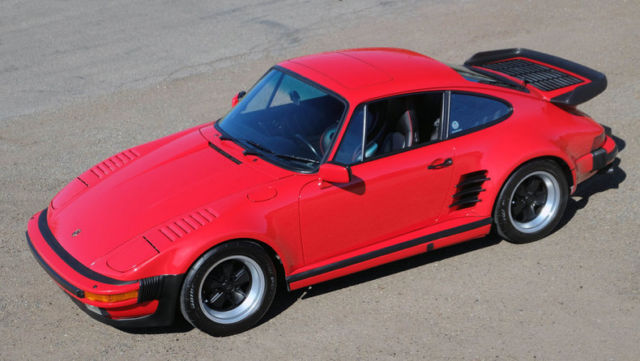
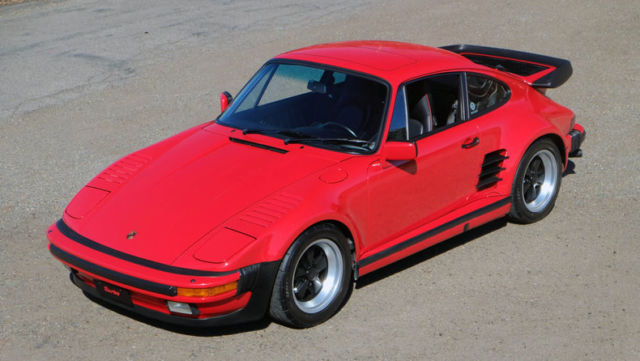



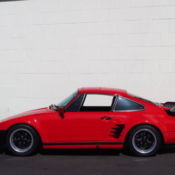 Porsche 911 Turbo ~ (M505) Flachbau ~ Red/Black ~ Sport Seats ~ Blaupunkt
Porsche 911 Turbo ~ (M505) Flachbau ~ Red/Black ~ Sport Seats ~ Blaupunkt
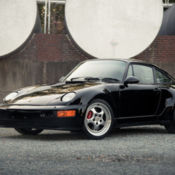 1994 Porsche 911 Turbo 3.6 (FlachBau)
1994 Porsche 911 Turbo 3.6 (FlachBau)
 1987 Porsche 911 Carrera Turbo Cabriolet 930 M505 Flachbau, Matching Numbers FL
1987 Porsche 911 Carrera Turbo Cabriolet 930 M505 Flachbau, Matching Numbers FL
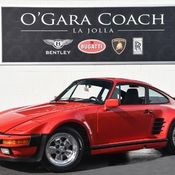 1987 PORSCHE FACTORY 930 TURBO SLANT NOSE M505 Flachbau MATCHING NUMBERS COA
1987 PORSCHE FACTORY 930 TURBO SLANT NOSE M505 Flachbau MATCHING NUMBERS COA
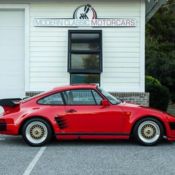 1986 Porsche Factory Slantnose 'Flachbau'
1986 Porsche Factory Slantnose 'Flachbau'
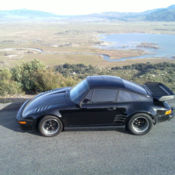 Porsche 912/ 911 1969 slant nose "Flachbau" (S) conversion
Porsche 912/ 911 1969 slant nose "Flachbau" (S) conversion
 1994 Turbo S Flat Nose Flachbau 3.6L H6 Manual RWD Coupe
1994 Turbo S Flat Nose Flachbau 3.6L H6 Manual RWD Coupe